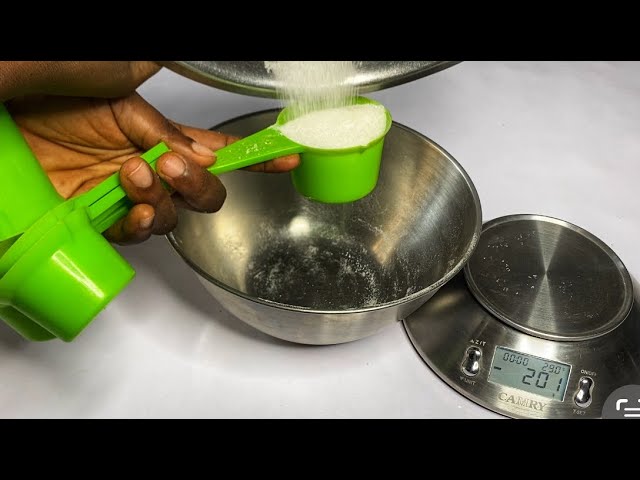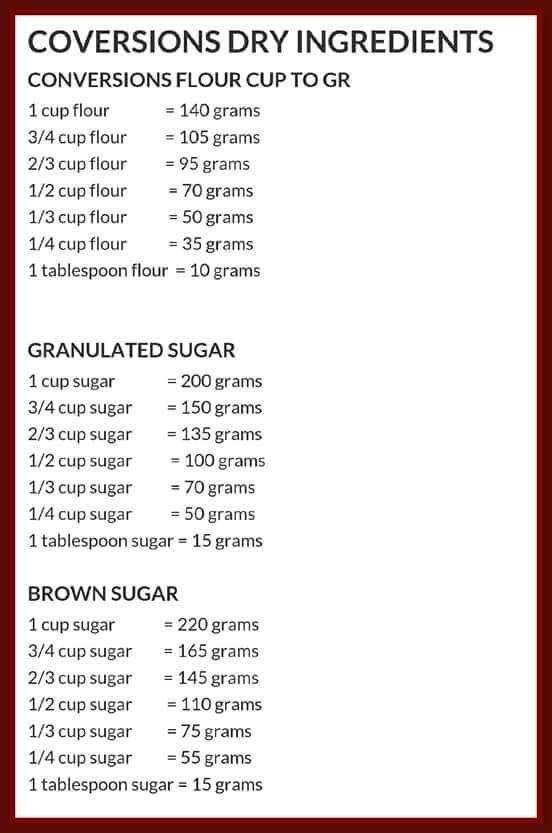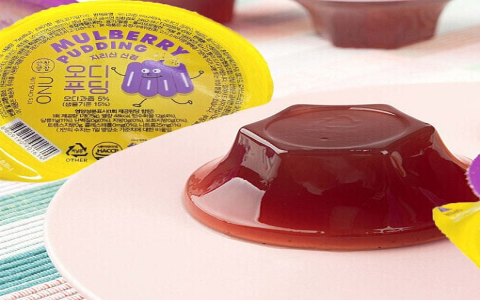How to Measure 700 Grams of Sugar in Cups—Why It’s More Complicated Than You Think
When you’re faced with a baking recipe that lists ingredients by weight, such as "700 grams of sugar," you might wonder how to convert that into a more commonly understood kitchen measurement like cups. Understanding the conversion from grams to cups is not just about simple arithmetic; it involves considerations of density, volume, and precision in baking.

Let’s dive into the nitty-gritty of measuring sugar by weight and by volume, and why converting 700 grams of sugar into cups isn’t straightforward.
The Basics of Measurement
Sugar, like many other dry ingredients, has a standard volume when measured. However, not all sugar varieties have the same density. For example, granulated sugar, which is the most common in baking, has a different weight per cup than powdered or brown sugar. Here’s where we hit our first challenge:
- Granulated (White) Sugar: One cup equals approximately 200 grams.
- Powdered Sugar: One cup equals about 125 grams.
- Brown Sugar: Depending on how it’s packed, but generally around 220 grams per cup.
If we want to stick with the granulated sugar, which is the safest bet for straightforward kitchen measurements, converting 700 grams to cups involves division:
700 grams ÷ 200 grams per cup ≈ 3.5 cups
However, even this calculation isn’t entirely precise due to variations in how people measure:
The Importance of Precision
In baking, precision matters. A slight variation in sugar can influence the texture, moisture content, and browning of your baked goods. Here’s where the conversion becomes tricky:

-
Packing: How you scoop and pack the sugar can change the volume significantly. Sifting powdered sugar or scooping brown sugar can alter its weight per volume.
-
Temperatures: Sugar can absorb or lose moisture, affecting its density. If the sugar isn’t at room temperature, the conversion could be off.
-
Measurement Tools: Even the tools you use can skew your measurements. A standard cup might hold slightly more or less than an exact 200 grams if it’s not a precise measuring cup.
Why You Should Consider Using a Scale
For these reasons, many professional bakers prefer using scales. Weighing ingredients ensures accuracy, removes the guesswork, and compensates for variations in how ingredients settle in a measuring cup.
If your recipe calls for 700 grams of sugar:
-
Place a bowl on your kitchen scale. Turn it on and set it to zero or "tare" the scale.
-
Add sugar to the bowl until the scale reaches 700 grams.

This method avoids the pitfalls of volume measurements, ensuring your sugar is exactly the amount intended in your recipe.
Adapting Recipes
For home cooks without scales, here’s an adaptation:
- Use 3.5 cups of granulated sugar as a rough estimate. However, if your kitchen experience tells you this seems off, or if your baking seems to fail, consider investing in a kitchen scale.
When Converting Goes Wrong
When converting goes awry, it’s noticeable:
- Dry, crumbly cakes due to less sugar than required, affecting both sweetness and moisture.
- Overly soft or spread-out cookies because the sugar’s weight didn’t match what was intended, thus altering the dough’s consistency.
By understanding these nuances, we can appreciate why professionals often measure ingredients by weight over volume.
The Takeaway
Converting 700 grams of sugar to cups involves more than a quick division. It requires understanding the sugar’s type, our packing habits, the accuracy of our tools, and the recipe’s original intent. Whether you’re an amateur or a baking enthusiast, knowing these details can transform your kitchen experience, turning your creations from good to great. Remember, a scale might just be your new best friend in the baking world, promising consistency and accuracy in every bake.




